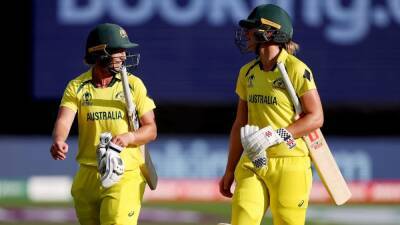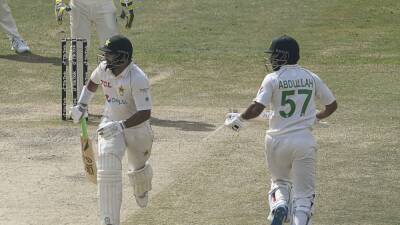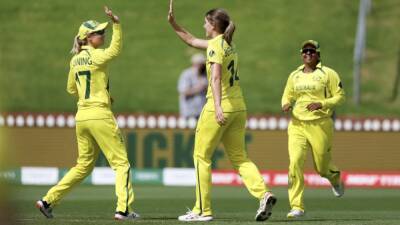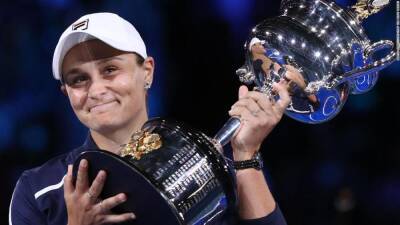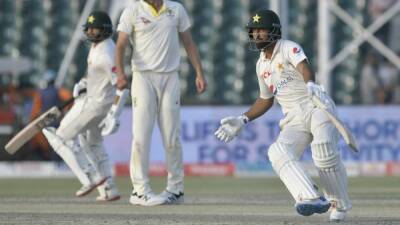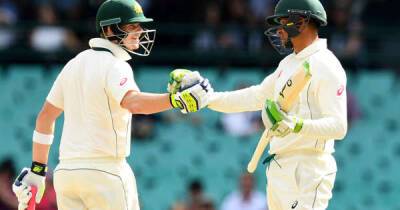Marching girls were part of Australia's history. The sport lives on through drill dance
Before netball and hockey became popular sports for girls and young women in Australia, there was another national obsession — marching.
Dressed up in white boots, skirts, sashes and formal hats, marching girls were in high demand at agricultural shows, city parades, and to perform for visiting dignitaries.
In the 1960s there were an estimated 50,000 girls involved in the activity, which was brought to the country from New Zealand as early as the 1930s.
Each weekend, teams would compete against each other, honing their timing, perfecting uniforms, and mastering steps in the hope of beating previous results.
Author Bob Byrne, who has written about the marching girls in his book Australia Remember When, saysthe sport was «a big deal».
Marching was one of the few sports offered to girls at the time and had its origins in the World War II-era when the military was visible in all aspects of society.
«It goes back to the 1940s and 50s when officer sergeants and home guards were giving instructions on marching formations to young men, and the girls got involved,» Byrne said.
«When you look at the uniforms they were militaristic in style, it had that military feeling about it and the march was the final part.
»It was a challenging type of sport because you had to learn the discipline, learn the precision of the march.
«They were absolutely spot on and they would march to absolute precision.
»There were national championships and teams of girls would travel all over Australia and march all day, be billeted out at night and then march again."
The fanfare that accompanied marching girls often involved boys playing music in a band but most commonly the numbers would be set to recorded music.
Byrne said the music didn't much matter though



